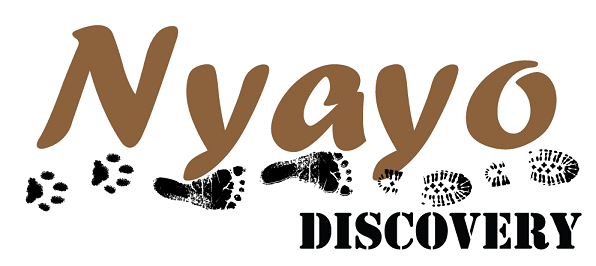The Chagga
The Chagga are the third largest ethnic group in Tanzania and traditionally occupy the fertile foothills of Mount Kilimanjaro. They are one of a number of tribes to have origins in Central and Western African Bantu culture. There are approximately 6 big sub-groups of Chagga, divided into numerous clans.
Due to the abundance of water, the foothills of Mount Kilimanjaro are lush and green, with rich fertile soils. The Chagga primarily practice agriculture in the form of plantations and home-gardens and keep animals such as livestock and poultry for meat, milk and manure. Every traditional Chagga home has a large home-garden where they grow a wide variety of crops such as coffee, bananas and other fruits such as oranges, lemons and avocados; as well as sugar cane, flowers, vegetables and some traditional herbs.
The Chagga have a long history of contact with European missionaries and other colonisers which resulted in them having greater access to schooling and therefore higher levels of formal education compared to other groups in Tanzania. The Chagga have a reputation for being shrewd business people and are often able to achieve positions of influence in Tanzanian society.
They were also one of the first to begin losing their traditional language (these days very few young people can speak or understand it fluently) and customs as a direct result of rural-urban migration. With each elder's passing more and more of their history and cultural identity is lost.
your program
about the community
Machame is a small village nestled in the foothills of the iconic Mt Kilimanjaro - the tallest free-standing mountain in Africa. The population of Machame is largely a farming community who grow coffee, bananas and other cash crops. They also have extensive home gardens where they grow an abundance of tropical fruits, vegetables and medicinal plants. Many families also keep cows and chickens. The village is a short hike away from Weru Weru river and waterfalls. Families typically live in concrete single story houses with corrugated iron roofs.
what to expect
Your program typically starts in Moshi or Arusha. On arrival you will be met by village leaders, pass by the village office for introductions and meet the women’s group. Accompanied by a Nyayo Discovery guide you will visit Chagga families, learn about their home gardens and plantations and taste traditional Chagga food. You will also hear from elders and local guides about Chagga history, traditional stories and explore the surrounding environment, rivers, caves and forests and visit local projects. Due to the altitude and dense tropical forests the weather can change from chilly and foggy to warm and humid within a few hours. We recommend a warm sweater and waterproofs, good walking shoes and that you wear plenty of sunscreen.
how tourism helps
Tourism is an important source of income generation for Chagga families and is often invested in the home, home gardens, education and health care. It also goes towards environmental sustainability projects, supports women’s groups and other forms of sustainable development.


